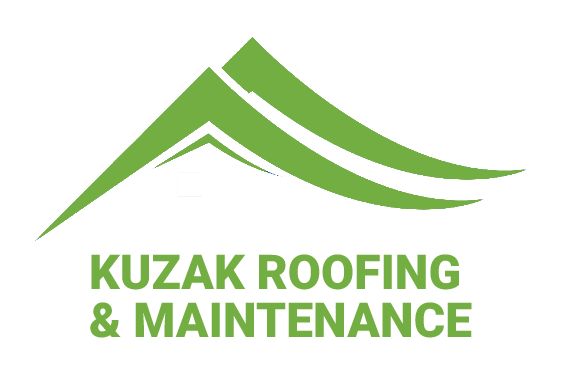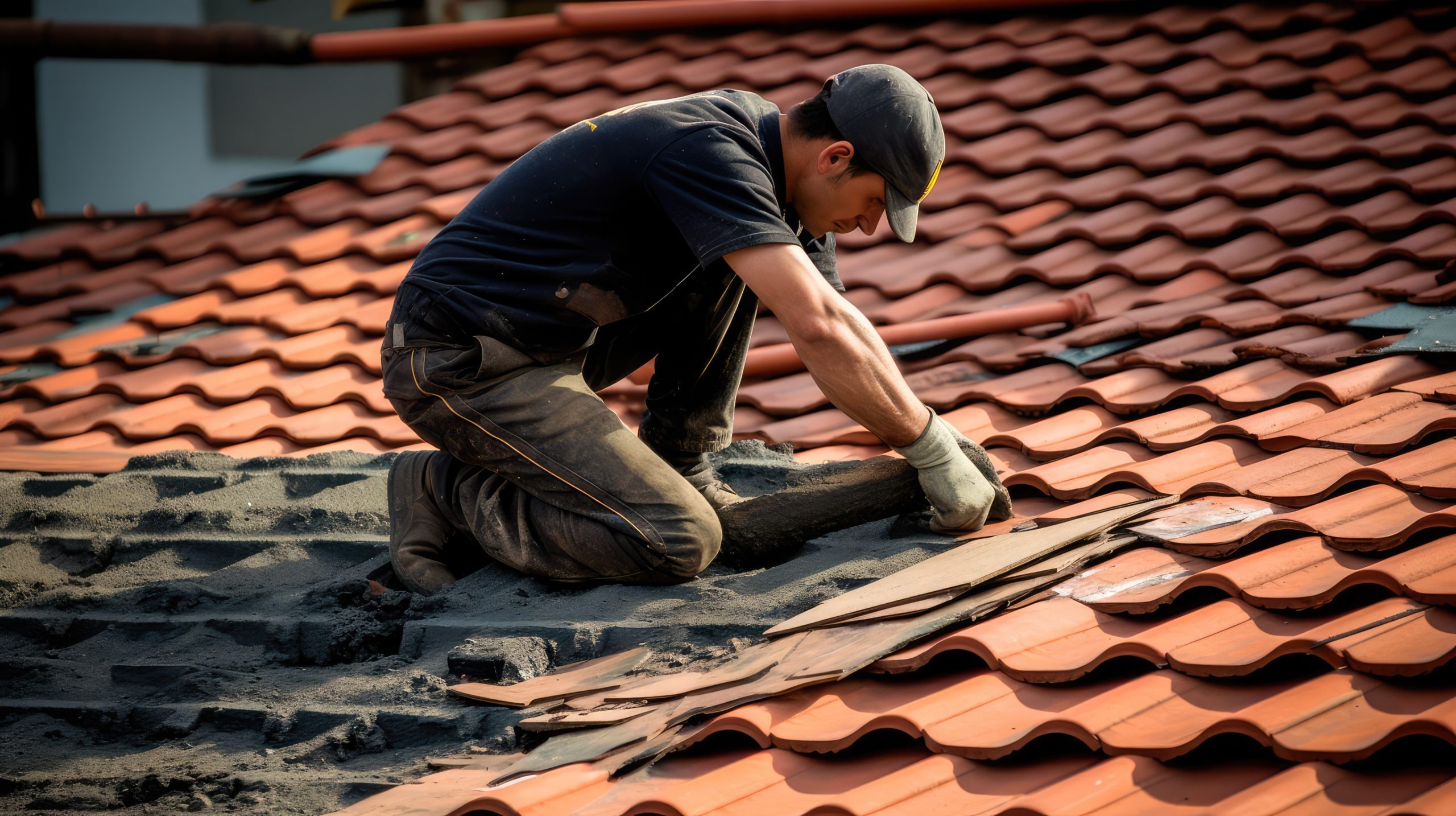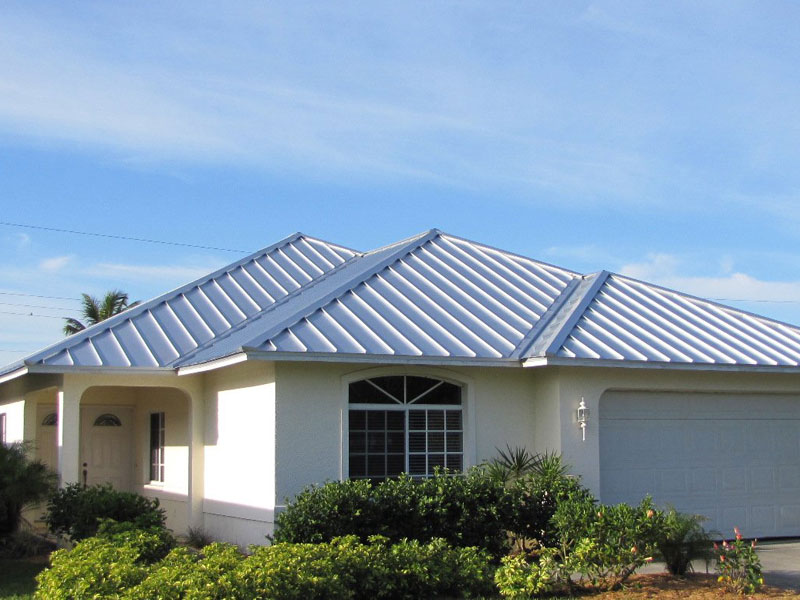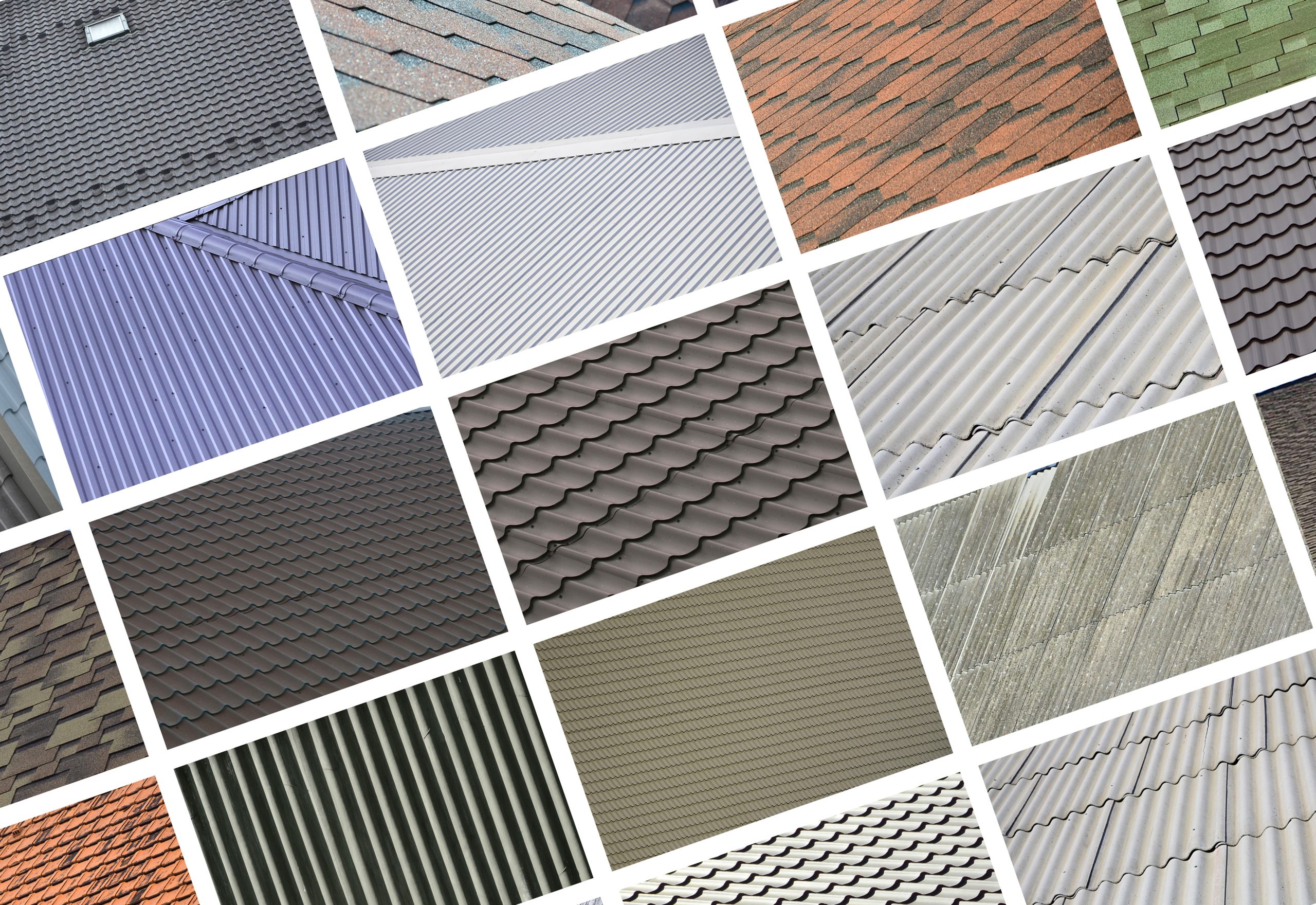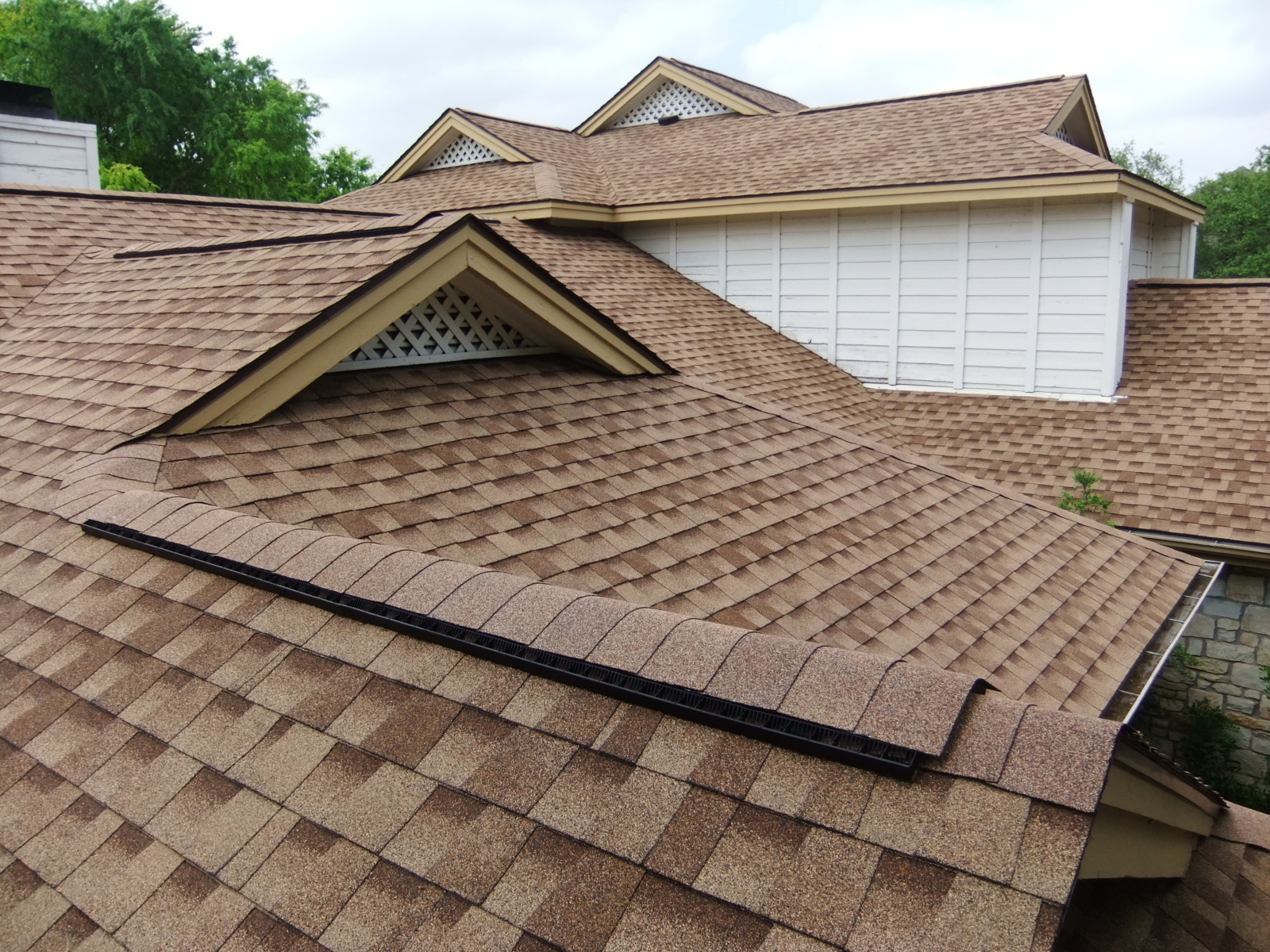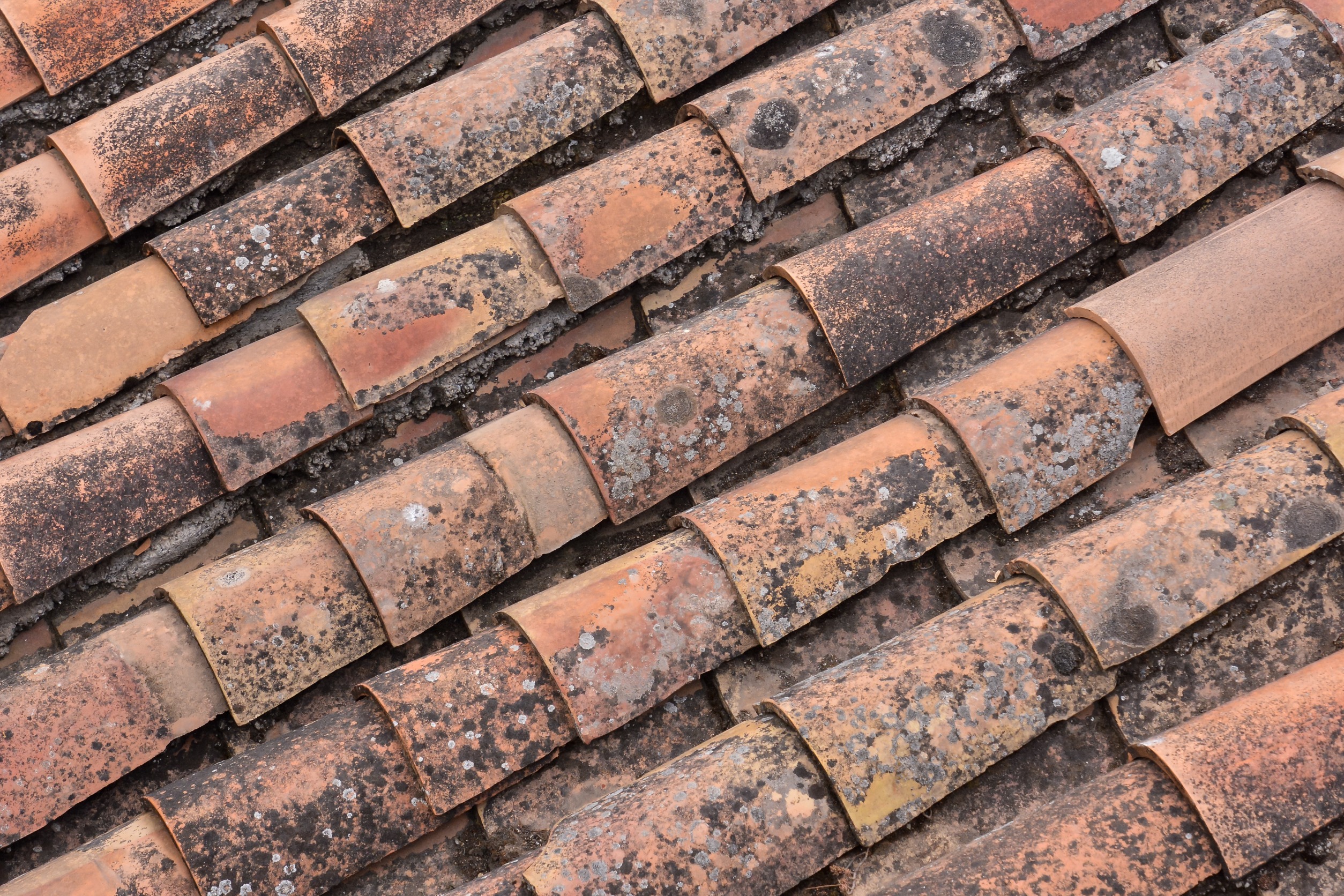Maintaining the longevity and safety of a commercial building requires that its roof be structurally sound. But without routine professional inspections, roofs can develop a number of problems that could have serious repercussions.
In this blog, we’ll examine the possible dangers that commercial roofs may encounter in the absence of expert inspections and the importance of prompt assessments and roofing repair.
Recognizing Damage Early Signs
Finding early indicators of damage is one of the main goals of expert roof inspections. These problems, which can range from loose shingles to membrane cracks, may seem small at first but can get worse fast, particularly in bad weather.
Small issues can grow into big headaches without prompt detection, necessitating expensive repairs or possibly an early roof replacement.
- Visible Damage: Regularly inspect the roof’s surface for cracked or missing shingles, damaged flashing, or loose seams, as these visible signs often indicate underlying issues that need attention.
- Water Stains: Investigate water stains on the ceiling or walls inside the building promptly, as they are telltale signs of a roof leak, which, if left unaddressed, can lead to further water damage and mold growth.
- Sagging or Uneven Areas: Immediate attention is needed for any areas of the roof that appear sagging or uneven, as they may indicate structural problems or water accumulation, posing a risk of collapse.
- Pooling Water: Take note of areas where water tends to pool after rainfall, as pooled water can accelerate roof deterioration and lead to leaks or water damage. Proper drainage maintenance is crucial to prevent such issues.
- Cracks or Blisters: Check for cracks, blisters, or bubbles in the roofing material, particularly in flat or low-slope roofs, as these imperfections can compromise the roof’s waterproofing capabilities and make it more vulnerable to leaks and moisture infiltration.
How to Avoid Water Damage
Considering their large surface area, commercial roofs are especially vulnerable to water damage. Without routine inspections, even small leaks may go undetected for long stretches of time, slowly but surely deteriorating the building’s interior, structure, and priceless possessions.
Expert Roofing repair inspections assist in quickly identifying and fixing these leaks, averting future expensive water-related problems.
1.Frequent Inspections: To find weaknesses and quickly fix problems, schedule routine inspections by certified roofing specialists.
2.Prompt Repairs: To preserve the waterproofing integrity of the roof, take immediate action to fix leaks, damaged flashing, and other problems.
3.Assure Appropriate Drainage: To avoid clogs and guarantee adequate water flow off the roof, clean your gutters, downspouts, and drains on a regular basis.
4.Examine Seals and Joints: In order to stop water infiltration, pay close attention to seals and joints in the membrane or flashing of the roof and fix any damage.
5.Control Snow Accumulation: Remove snow as soon as possible to avoid weighing too much and reduce the chance of ice dams developing, which can cause leaks and water backup.
Reducing Safety Hazards
Serious safety risks can be posed to building occupants and visitors by a neglected roof repair. Slips, trips, and falls can be caused by loose materials, damaged flashing, or compromised support structures.
Furthermore, growing vegetation or debris on the roof can attract pests and pose a fire hazard, jeopardizing safety even more. In addition to identifying these risks, professional inspections guarantee that they are quickly fixed, making the environment safer for everybody.
- Give employees comprehensive safety training that addresses hazard identification, equipment use, and fall protection.
- To prevent falls from heights, install and enforce the use of suitable fall protection devices, such as guardrails and personal fall arrest systems.
- To reduce the risk of trips and falls and to enable safe access to the roof, keep the work area neat and orderly.
- To quickly identify and address hazards, perform routine maintenance on the roof and safety equipment.
- Encourage employees to report hazards and take part in keeping a safe workplace by fostering a culture of open communication and safety awareness.
Maintaining Energy Efficiency
A well-kept roof is essential to maintaining a commercial building’s energy efficiency. But in the absence of routine inspections, problems like deteriorating materials, broken seals, or inadequate insulation can make it more difficult for the roof to offer sufficient thermal protection. So a roof repair is important.
The building may thus use more energy as a result of the heating and cooling systems having to work harder to adjust for temperature changes. So, expert inspections assist in resolving these problems early on, guaranteeing maximum energy efficiency and possibly resulting in long-term utility cost savings for businesses.
- Frequent HVAC Maintenance: To maximize energy efficiency and lower utility costs, make sure HVAC systems are inspected and maintained on a regular basis.
- Upgrade to LED Lighting: To reduce electricity consumption and heat production, swap out conventional lighting for energy-efficient LED bulbs.
- Improved Sealants and Insulation: To lessen the strain on HVAC systems, improve sealants and insulation to stop heat transfer and air leaks.
- Install building automation systems: to maximize efficiency by controlling energy consumption based on occupancy schedules and meteorological conditions.
- Instruct Occupants and Perform Audits: To pinpoint areas for improvement and guarantee ongoing efficiency, instruct occupants on energy-saving techniques and perform recurring energy audits.
Increased Roof Lifespan
Commercial roofs are expensive, and a company’s bottom line is directly impacted by how long they last. The lifespan of a roof can be considerably shortened by skipping routine inspections because hidden problems can progressively get worse over time.
Professional inspections, on the other hand, enable prompt and proactive maintenance and repairs, thereby increasing the lifespan of the roof and optimizing the building owner’s return on investment.
Observance of Regulations
Commercial buildings must comply with building codes and regulations in many jurisdictions, which require routine roof inspections for compliance and safety reasons.
In the event of mishaps or property damage, breaking these rules may incur fines, penalties, or even legal ramifications. Professional inspections reduce possible legal risks for building owners by assisting in ensuring compliance with these regulations and by providing documented proof of diligence.
For commercial buildings to remain structurally sound, safe, and effective, professional roof inspections are essential. In the absence of routine inspections by certified experts, roofs are susceptible to a variety of problems that may result in expensive repairs, safety risks, and non-compliance with regulations.
Building owners can protect their assets, extend the life of their roofs, and guarantee a secure and comfortable environment for both guests and residents by investing in professional inspections.
